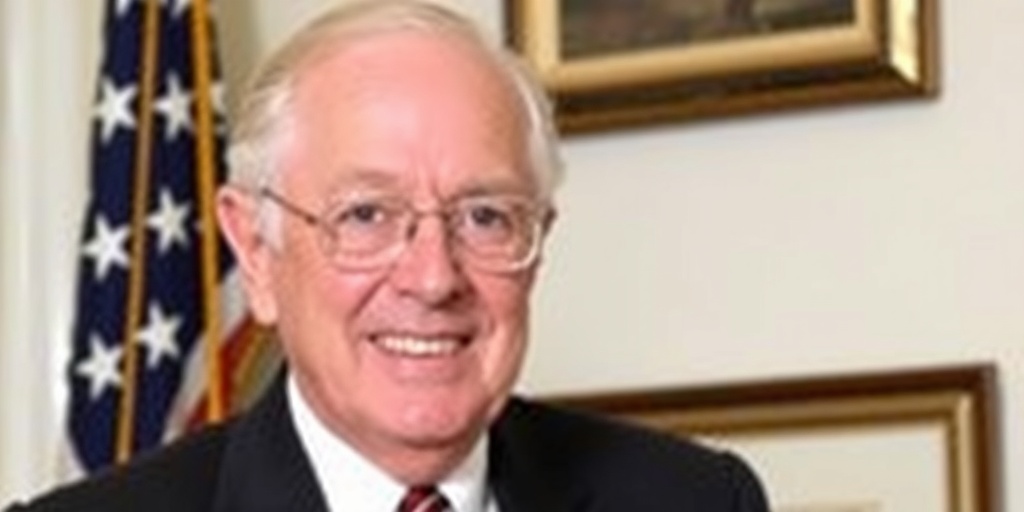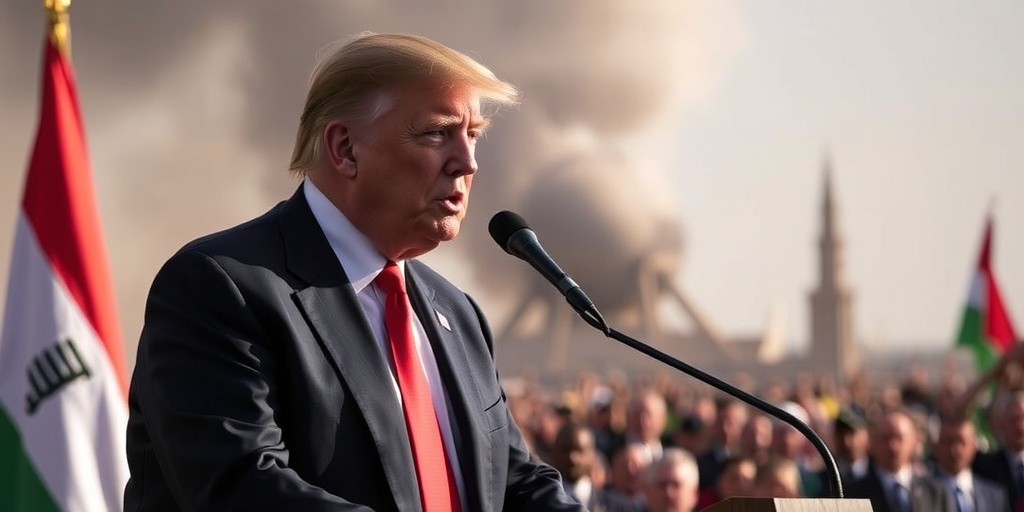Now Reading: Trump to Impose Steel and Aluminum Tariffs on Monday
-
01
Trump to Impose Steel and Aluminum Tariffs on Monday
Trump to Impose Steel and Aluminum Tariffs on Monday

Trump Announces New Tariffs on Foreign Steel and Aluminum Imports
In a bold move to reshape America’s trade policies, President Trump announced on Sunday that starting Monday, he will implement a 25 percent tariff on all foreign steel and aluminum imports. Speaking aboard Air Force One while en route to the Super Bowl, Trump declared that the tariffs would apply to all countries, including Canada and Mexico, underscoring his commitment to an aggressive stance on trade, even with traditional allies.
“Any steel coming into the United States is going to have a 25 percent tariff,” President Trump stated. “Aluminum, too.” This sweeping decision to impose tariffs on imported metals follows the myriad of trade threats he has previously vocalized since winning the presidency.
Since taking office, Trump has already enforced a 10 percent tariff on all imports from China, which marked the beginning of a series of tariff measures aimed at protecting American industries. Furthermore, he came perilously close to enacting comprehensive tariffs on Canada and Mexico. This could have propelled U.S. tariff rates to levels not experienced since the 1940s. In recent days, he has expressed intentions to impose additional tariffs on various regions including Europe and Taiwan, as well as essential industries such as pharmaceuticals, semiconductors, steel, and aluminum.
The implications of Trump’s new metal tariffs are profound, particularly for America’s largest trading partners and allies. Canada was the top supplier of steel to the United States in 2024, followed by Brazil, Mexico, South Korea, and Vietnam. Canada also ranks high among suppliers of aluminum, with the United Arab Emirates, Russia, and China following distantly.
Trump’s approach to tariffs on foreign metals is not unprecedented. During his first term, he applied similar tariffs on steel and aluminum from various countries, generating significant tension with allies like Canada, Mexico, and the European Union. However, he later rolled back some of these tariffs when the neighboring countries signed a revised trade agreement with the United States, showcasing how trade negotiations can pivot based on changing political dynamics.
The current situation reflects a departure from the post-Trump administration, where President Biden’s team worked to reach agreements with the European Union, the United Kingdom, and Japan to ease some prior trade restrictions. While a few other countries negotiated quotas or alternative arrangements, many of the previously imposed tariffs on steel and aluminum remain active. According to Chad Bown, a senior fellow at the Peterson Institute for International Economics, it remains uncertain if Trump’s new tariffs will be layered onto existing ones.
The two new tariff proposals announced by Trump expand the debate on trade policies, potentially sparking retaliatory measures from affected countries. The president’s push for reciprocal tariffs is a significant shift, which would adjust the tariffs the U.S. places on certain imports to match the levies that other nations impose on American products. Such a strategy could serve as a bargaining tool for the president to pursue additional concessions in international negotiations. However, experts caution that this approach could violate the United States’ commitments to the World Trade Organization (WTO).
Trump confirmed that the reciprocal tariffs are set to be revealed at a news conference scheduled for Tuesday or Wednesday, with expectations that they would take effect “almost immediately” across the board. “Very simply, if they charge us, we charge them,” Trump expressed, emphasizing a zero-sum approach to international trade.
As the world watches how his administration will navigate this newly turbulent trade landscape, the prospect of escalating tariff conflicts looms large. This latest round of tariffs could have far-reaching consequences, not just for trading partners but for American consumers and companies alike, who may face increased prices on imported materials and potential retaliation that could affect U.S. exports. The outcome of Trump’s aggressive trade policies remains to be seen, as both domestic and international political dynamics influence the unfolding economic landscape.
Stay Informed With the Latest & Most Important News
Previous Post
Next Post
-
 01New technology breakthrough has everyone talking right now
01New technology breakthrough has everyone talking right now -
 02Unbelievable life hack everyone needs to try today
02Unbelievable life hack everyone needs to try today -
 03Fascinating discovery found buried deep beneath the ocean
03Fascinating discovery found buried deep beneath the ocean -
 04Man invents genius device that solves everyday problems
04Man invents genius device that solves everyday problems -
 05Shocking discovery that changes what we know forever
05Shocking discovery that changes what we know forever -
 06Internet goes wild over celebrity’s unexpected fashion choice
06Internet goes wild over celebrity’s unexpected fashion choice -
 07Rare animal sighting stuns scientists and wildlife lovers
07Rare animal sighting stuns scientists and wildlife lovers





















